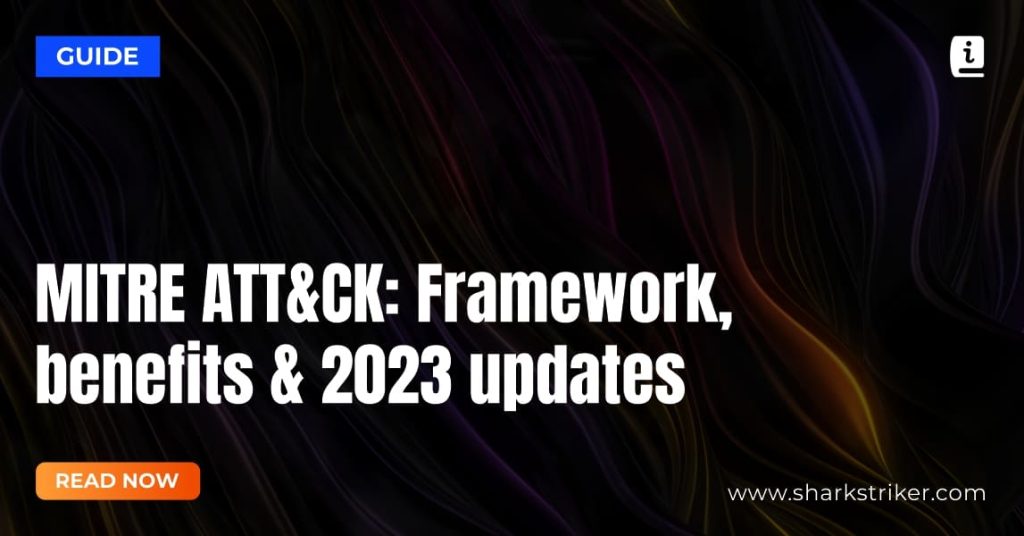The MITRE ATT&CK framework helps cyber security experts gain accurate information on the latest TTPs deployed by attackers from an adversarial point of view, assisting defense experts to design their defenses with precision.
The MITRE ATT&CK Framework is a globally recognized and widely used knowledge base that categorizes and describes the various tactics, techniques, and procedures (TTPs) employed by adversaries during cyberattacks. “ATT&CK” stands for Adversarial Tactics, Techniques, and Common Knowledge. The framework was developed by MITRE, a not-for-profit organization that operates federally funded research and development centers (FFRDCs) in the United States. It provides a structured and comprehensive model for understanding and analyzing the tactics and techniques adversaries use to compromise and operate within a target environment. The MITRE ATT&CK Framework is particularly valuable for: Threat Intelligence: It helps in characterizing and understanding the behavior of different threat actors, their motives, and their methods of operation. Defensive Security: It assists security teams in building and enhancing their defenses by providing insights into potential attack vectors and techniques that could be leveraged by attackers. Incident Response and Detection: It aids in the development of more effective detection and response strategies by mapping out the stages of an attack and the techniques employed. Red and Blue Teaming Exercises: It serves as a foundation for simulating cyberattacks (Red Team) and assessing defensive capabilities (Blue Team) within an organization. The MITRE ATT&CK Framework is organized into several categories, including: Tactics: These represent the high-level goals of an attacker, such as gaining initial access, persistence, privilege escalation, etc. Techniques: These are specific methods or procedures used to accomplish the objectives within each tactic. For instance, a technique under the “Initial Access” tactic might be “Spearphishing Attachment.” Sub-techniques: These provide even more granular details about how a technique can be executed. The framework is continually updated and expanded to incorporate new insights into adversary behavior and evolving cyber threats. It’s widely adopted by cybersecurity professionals, organizations, and government agencies around the world as a foundational tool for improving cybersecurity posture.

